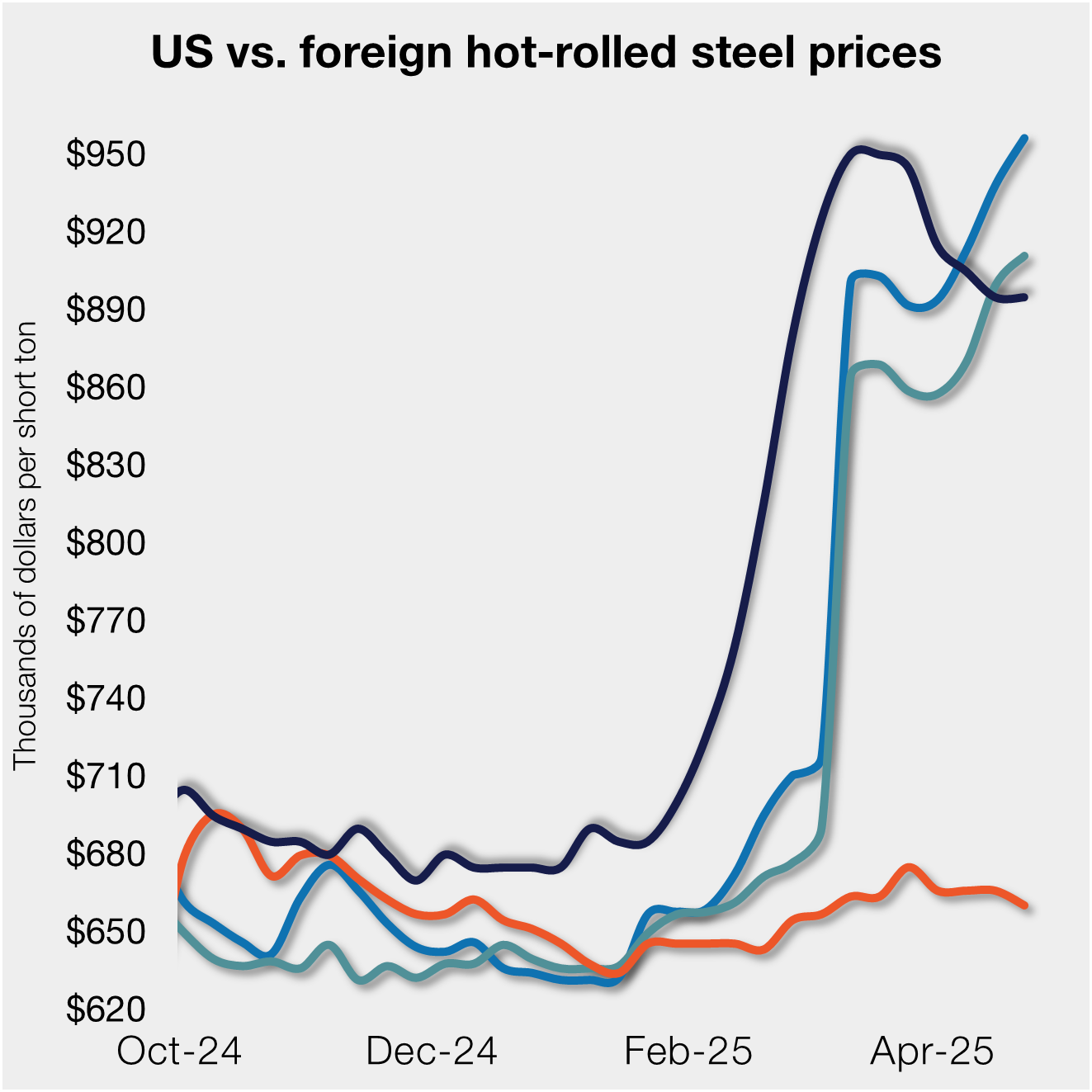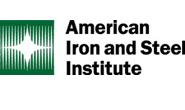Steel Products
SMU Summit: Challenges and Opportunities for a New Carbon Frontier
Written by David Schollaert
September 6, 2022
The global steel decarbonization challenge is immense but uneven, argued Philip Bell, Steel Manufacturers Association’s (SMA) president, during a 2022 SMU Steel Summit Conference panel addressing the challenges and opportunities a new carbon frontier poses on the domestic steel industry.
“One of the most important things to emphasize from a US steelmaker perspective is that although the EU has been leading the world when it comes to decarbonization policies, reform, and regulations, it doesn’t lead the world in producing low-carbon steel,” said Bell.
Bell said that the US is clearly in the lead and is continuing to get better.
Presently, US steel production is about 37% less carbon intensive than the EU, due primarily to the fact that more than 70% of the steel produced in the US is made via the electric-arc furnace (EAF) process versus just 40% in the EU. “Without EAF steelmaking and technology, the US wouldn’t have this superior performance,” added Bell.
That dynamic is also compounded by the large use of pelletized iron ore in integrated steel production in the US, which make it less carbon intensive than integrated steelmaker around the globe.
As the US and the EU look to negotiate a new Transatlantic trade agreement, carbon intensity will play a massive role in imported goods, especially to ensure there is a level playing field when it comes to steel.
For the EU, policymakers have proposed a Carbon Border Adjustment Mechanism (CBAM). When faced with increasingly rising steel production costs which could render EU producers uncompetitive versus imports from regions and countries which have no carbon tax regulations, a CBAM would work hand-and-hand with the EU Emissions Trading Scheme (ETS).
“The CBAM and the ETS are designed to create a level playing field between domestic producers and imports,” said panelist Matthew Poole, CRU’s consulting divisional director.
Ultimately, it’s not a policy intended to discourage imports, but merely a tax policy that is implemented alongside domestic taxes with the aim to equalize the tax burden on imported goods and domestically produced goods alike, Poole argued.
“If the CBAM works as intended, it will ensure that domestic producers and imports are subject to the same carbon costs,” noted Poole. “It’s not intended to provide a competitive advantage to European producers nor to be used or abused as a trade instrument.”
The consensus among European negotiators on a new Transatlantic agreement is that the counterparties should adopt a similar policy, added Poole.
But that’s not really the view expressed by US trade associations.
You must remove the perverse incentive to import dirtier, dumped steel, remarked Kevin Dempsey, American Iron and Steel Institute’s (AISI) president and CEO.
“Create incentive for foreign steel producers to match US industry progress on making cleaner steel today,” said Dempsey. “This should all be done without imposing a domestic carbon price or tax.”
Bell agreed. When it comes to carbon policies, he doesn’t see a carbon border adjustment that taxes US steelmakers and manufacturers. He instead sees a tax that would discourage dirty steel from being dumped into the US.
“We need to make foreign steel that is crossing US borders meet the standards we already have,” said Bell. “In other words, countries should pay a premium for the right to sell their steel in our country because we’d much rather use sustainable-made, greener, more EAF-base steel that’s made domestically.”
Carbon tariffs are needed for global decarbonization, added Dempsey. But they should “account for the degree to which foreign steel emissions intensity exceeds those of comparable US products.”
“It should be to level the playing field between cleaner American production and higher emitting forging steel,” he said.
Despite the need for lower carbon intensity in steelmaking, there are some significant differences in carbon policies between the US and the EU. Those differences, according to the panelists, are likely to delay any carbon framework between the US and EU by 2024.
By David Schollaert, David@SteelMarketUpdate.com

David Schollaert
Read more from David SchollaertLatest in Steel Products

S232 lifts EU HR price over US, Asian HR still well behind
Domestic hot-rolled coil prices were flat this week after dropping for four straight weeks. Most offshore markets bucked the trend and gained ground.

SMU Steel Demand Index dips into contraction
SMU’s Steel Demand Index has moved into contraction, according to late April indicators. The slowdown comes in response to growing tariff uncertainty after the index reached a four-year high in late February.

Nucor selects Fives Group for new galv line at CSI
Nucor Corp. has tapped Fives Group as its partner in designing and manufacturing the new continuous galvanizing line being added at its California Steel Industries (CSI) joint venture in Fontana, Calif.

AISI: Raw steel production levels off near six-month high
The volume of raw steel produced by US mills remained relatively flat last week, maintaining the rebound seen one week prior, according to the American Iron and Steel Institute (AISI). Previously at the second-highest rate of the year, production continues to hold at one the strongest levels recorded over the last six months.

Nucor keeps HRC price unchanged
Nucor has kept its weekly hot-rolled (HR) coil price flat this week, after a marginal cut the previous week.
